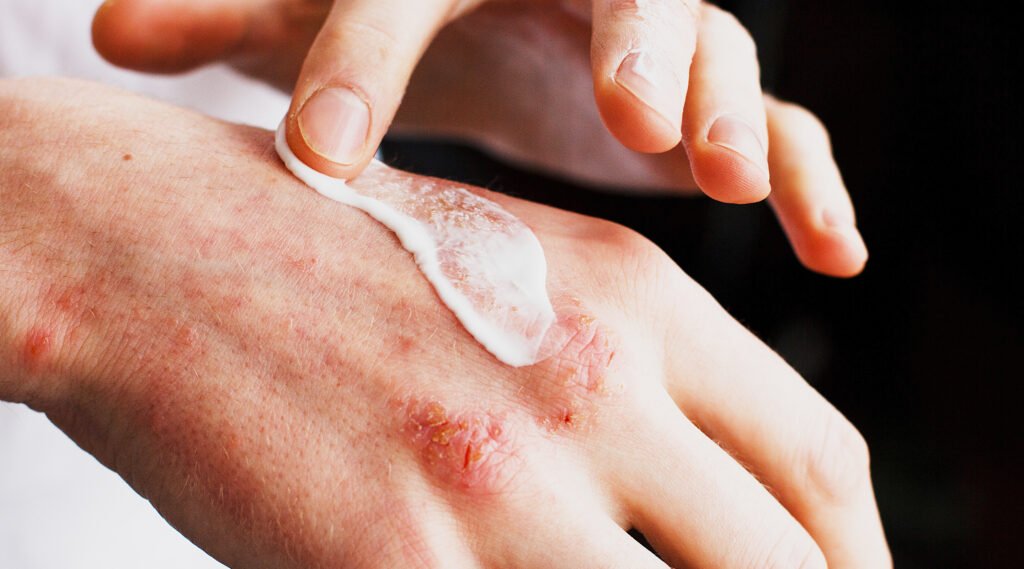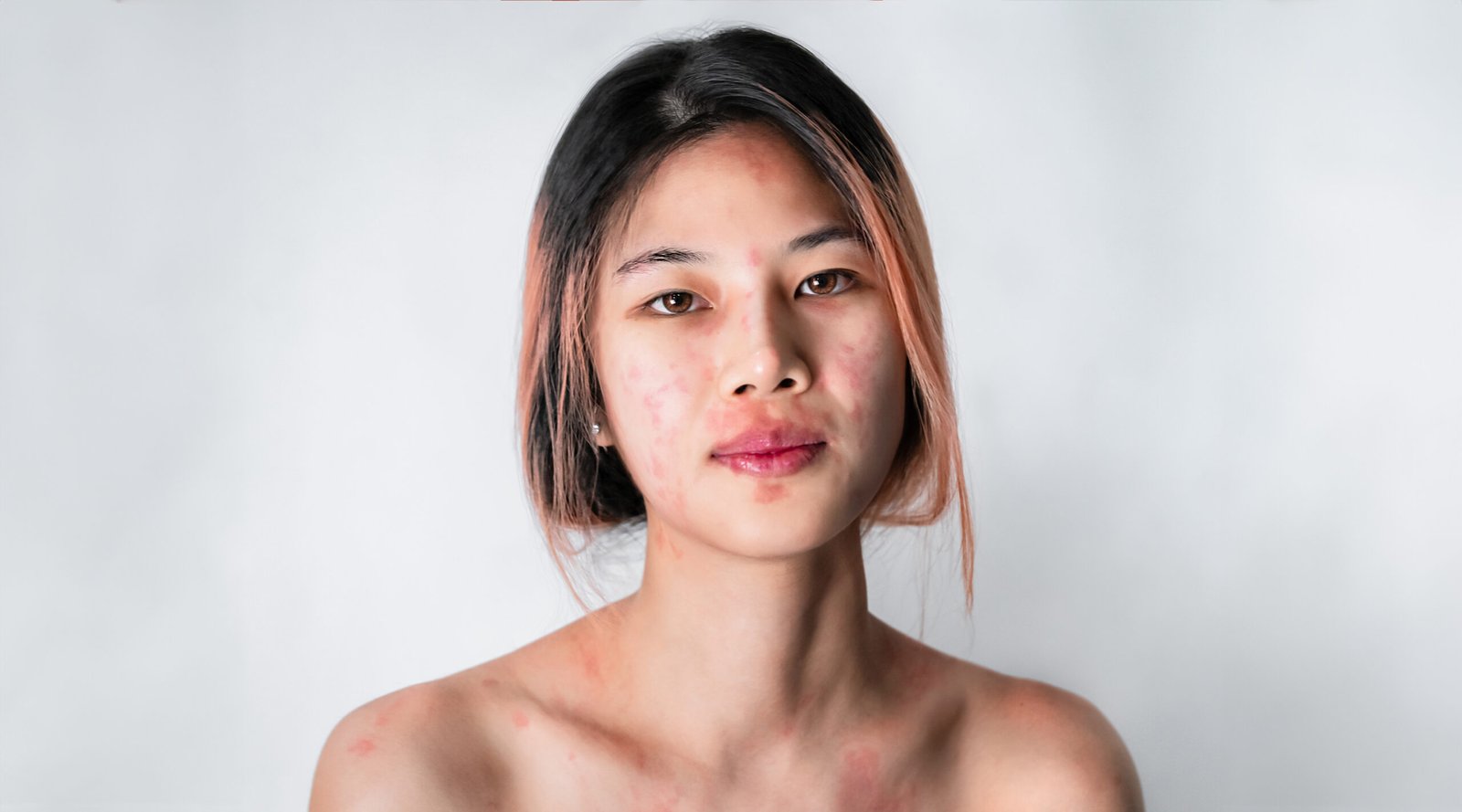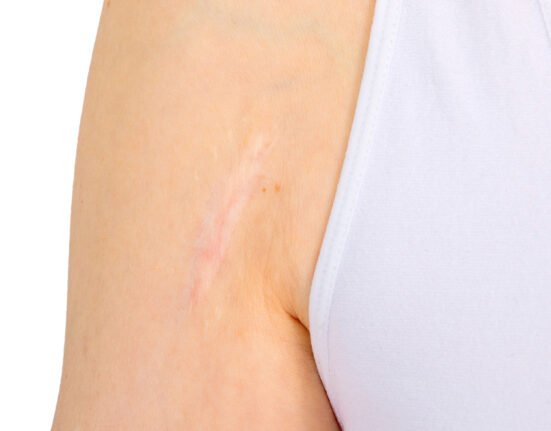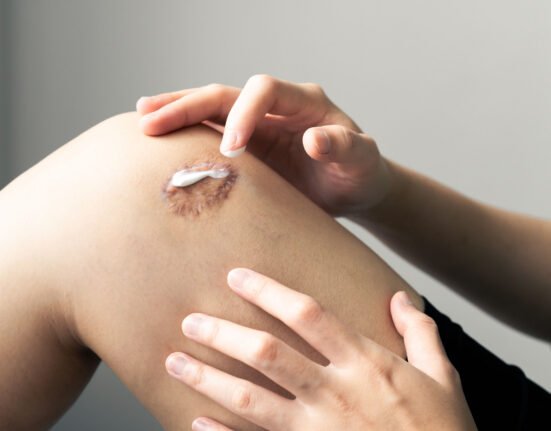Have you ever experienced a sudden rash that feels hot, itchy, and uncomfortable to the touch? Don’t worry. You’re not alone.
Skin rashes can appear for various reasons, including allergies, irritation, infections, or chronic skin conditions such as eczema or psoriasis.
Rashes are often the body’s way of reacting to something it sees as a “threat.” When your skin feels hot, it usually means blood flow to the area has increased as part of an inflammatory response.
Your body is sending reinforcements to help the affected skin heal.
If an allergic reaction, for instance, triggers your rash, your body releases a substance called histamine, which dilates blood vessels.
As a result, your skin may feel warm, swollen, and uncomfortable.
In some cases, bacterial or viral infections can also cause the skin to become red and hot as the immune system responds.
Common accompanying symptoms include:
- Itching or pain
- Redness and swelling
- Blisters or flaking skin
If your rash is accompanied by shortness of breath, facial swelling, or a tight throat, seek emergency help immediately, as it may indicate anaphylaxis, a severe allergic reaction.
What Can You Do About It?

Treatment depends on the cause, but here are some steps you can take to relieve the symptoms:
1. Clean the affected area with cool water and a mild soap
This helps reduce irritation and removes any allergens or residues that might worsen the rash.
Read more: https://gwswellness.com/health/safe-soaps-for-eczema-prone-skin/
2. Apply a moisturizer or calming cream
Read more: https://gwswellness.com/health/atopic-dermatitis-why-moisturizing-matters/
If your rash becomes dry, stings, or is inflamed, you’ll need a product that soothes the skin while supporting its natural healing.
One option worth trying is wund+™ Regeneration Cream, specially formulated to accelerate skin recovery, strengthen the skin barrier, and maintain moisture. Its active ingredients work to support the skin’s healing process without causing further irritation.
Read more: https://gwswellness.com/health/affordable-self-care-with-wund/
3. Use a cold compress and take an antihistamine if necessary
A cool compress can soothe the heat and itching, while antihistamines may help with mild allergic reactions.
4. Take a pain reliever if the rash is painful or interfering with daily activities
Over-the-counter medications like paracetamol or ibuprofen can help ease discomfort.
Can It Be Prevented?
Absolutely. The key is to know your triggers. If you have sensitive skin and react to certain products—like harsh soaps, perfumes, or chemicals. Try to avoid direct contact.
If you have a history of eczema or psoriasis, it’s crucial to care for your skin consistently. Daily use of wund+™ Regeneration Cream can help strengthen your skin barrier and reduce the chance of flare-ups.
It hydrates the skin for up to 24 hours and contains microsilver to calm inflammation.
Healthy skin isn’t just about appearance. It’s about comfort and confidence. So don’t ignore it when your skin starts to “complain.”
References
Cleveland Clinic. Accessed in 2025. Skin Rash
Healthline. Accessed in 2025. What’s Causing My Rash and Skin That Feels Hot to the Touch?
Medical News Today. Accessed in 2025. What causes a rash to feel hot














Leave feedback about this